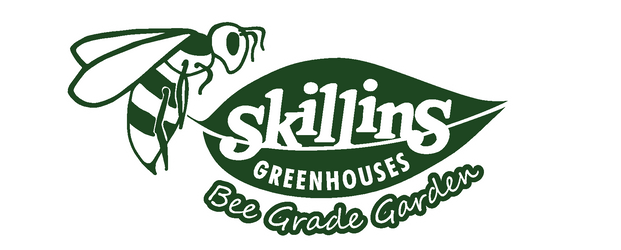
How to Prepare Your Garden in Spring for a Great Summer
As daylight lengthens and temperatures warm, gardeners are always eager to get right into spring planting. If you look past the first flush of spring, however, you can take easy steps early in the season to give your garden a great summer.
10 Spring Steps for a Great Summer Garden
It doesn’t matter how large your garden may be, whether you plant in containers, raised beds, small plots, or longer rows, or whether you grow vegetables, fruits, flowers, or herbs. These simple steps can help you prepare your garden in spring so the summer growing season will be easier, healthier, and more bountiful for all your crops.
- Prepare Tools
Even before spring has sprung, gardeners can prepare their tools for spring and summer work. Check for rust or damage and clean and repair tools as needed. Tighten handles, oil hinges, and sharpen edges so tools are ready for use. If desired, investigate updating tools with new equipment, such as ergonomic options or new designs that can make summer work easier.
- Inspect Structures
As winter retreats from the garden, it is time to inspect raised beds, arbors, trellises, and plant supports. Note any wear or damage and make repairs so each structure is ready to hold and support plants as soon as the growing season begins. A bit later in spring, do the same for sprinklers, drip systems, and other irrigation so there is no interruption in water supplies.
- Test Soil
Every few years, it can be helpful to test the garden soil to gauge its pH, nutrient levels, porousness, and other properties. This can help gardeners decide on the best amendments to improve the soil, or which plants will thrive best in the soil’s condition. Testing in early spring can help gardeners be ready with the best soil for spring and summer planting.
- Pressure Washing
Spring is the best time to pressure wash outdoor hardscaping such as walkways, patios, and decks, before adjacent plants put out delicate growth that might be damaged by cleaning equipment or an errant, high-powered spray. This is also a great time to wash patio furniture so it’s ready to be enjoyed in spring and summer.
- Prune Woody Perennial
Woody shrubs and perennials, such as roses, hydrangea, and boxwoods, should be pruned in very early spring to help keep their shape and encourage better flowering. Use clean, sharp tools to keep the plants healthy, and make cuts above dormant buds. By pruning at this time, none of the plant’s spring energy will be wasted for growth that will only be cut away.
- Start Seeds
In northern regions with shorter growing seasons, it can be beneficial to start seeds indoors before the ground has warmed enough for spring planting. Using seeds can also give a gardener more plant and cultivar varieties to experiment with, and seeds are cheaper than already sprouted seedlings to populate flowerbeds, containers, and gardens.
- Fertilize Beds and Trees
Applying a slow-release fertilizer in spring will help nourish flowerbeds for the entire season. This is also the ideal time to apply fertilizer to young trees and other plantings that haven’t yet reached their full growth, so they have the proper nutrition to reach their potential. Choose a fertilizer blend that best suits individual plants, and apply it appropriately for each plant’s needs.
- Aerate
Aerating your landscape, from turf grass to tilling garden beds, can revitalize the soil after winter dormancy and compaction. This is a great time to work in a light layer of snow to bring air and nitrogen into the soil, or to till in compost, manure, and other organic material to nourish the soil. Aerating early in spring will ensure this nutrition is ready for spring growth.
- Attract Birds
Birds can be great garden helpers, and putting out feeders, bird baths, and birdhouses in spring can bring these helpers right to the yard. While some birds may eat seeds or garden produce, they will eat far more bugs and damaging insects, protecting the garden without the need for excessive chemicals or harsher treatments.
- Weeding
Weeds are a never-ending threat to a prosperous garden, but fortunately they can be easy to control in spring. Pulling weeds by hand is easier in spring’s wet soil, when the roots are loose. Applying a pre-emergent herbicide can also help control spring weeds and be sure they aren’t outrageous through the summer.
No matter what garden tasks you begin in spring, be sure not to overstretch yourself. After the inactivity of winter, it can be easy to strain muscles or cause sprains, injuries that could severely impair your gardening abilities long after spring. Take each task slowly and both you and your garden will benefit from the deliberate care and warm-ups of spring, before the real workout of summer gardening begins!
